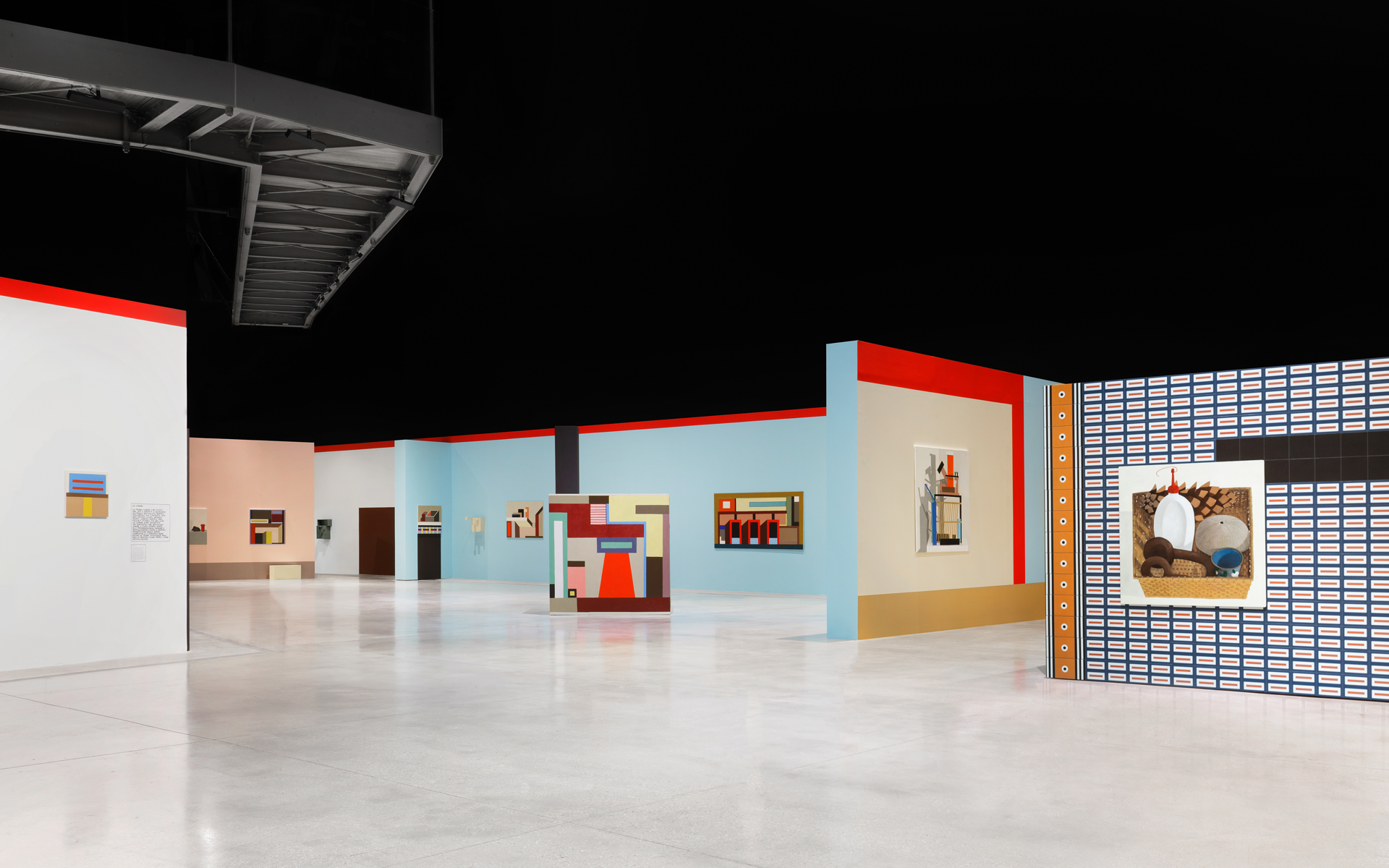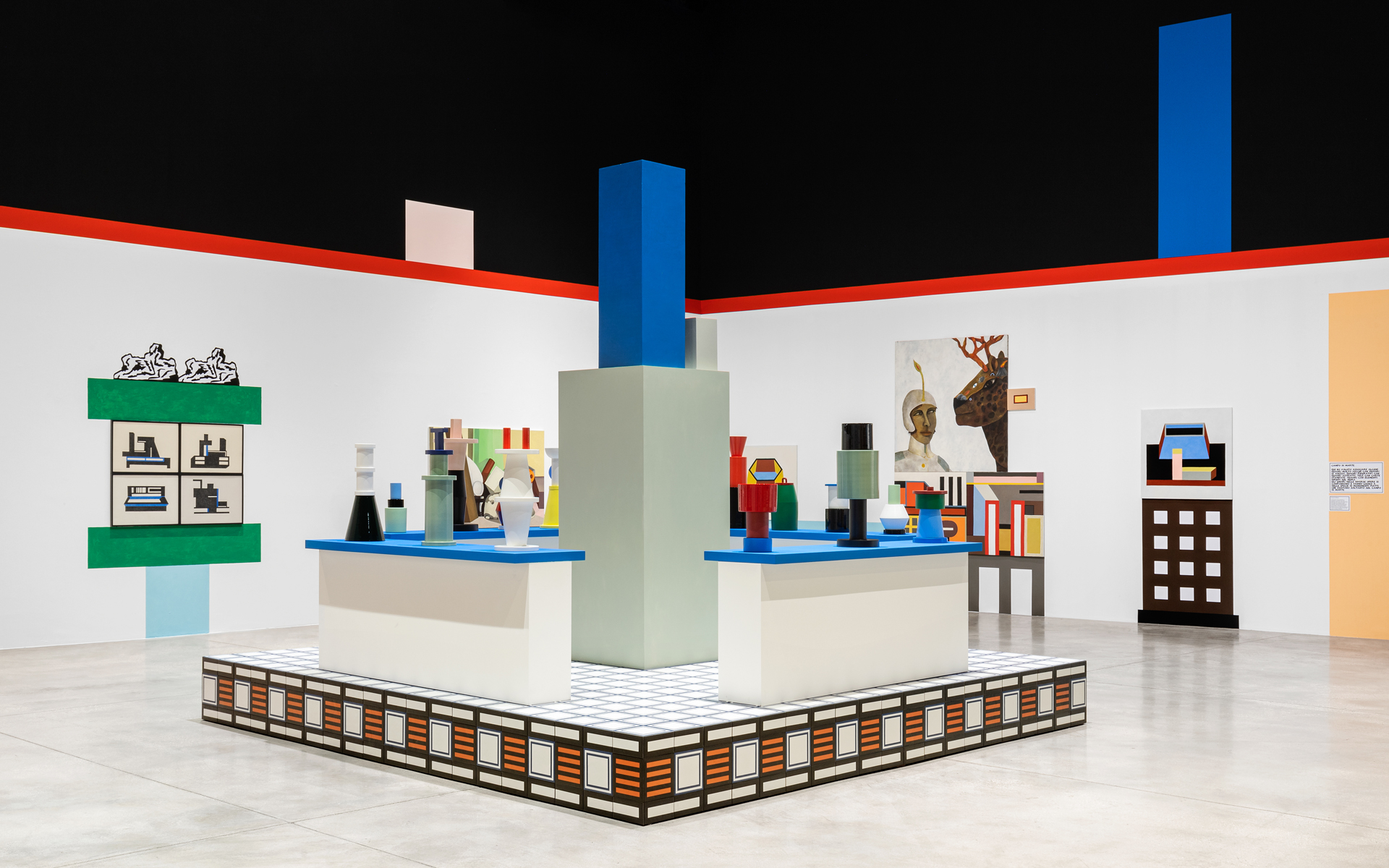A talk with Luca Lo Pinto
Did you always want to work in the contemporary art field? How did this passion begin and develop?
My parents always brought me to visit museums and exhibitions since I was a child. I’ve had an intense and comprehensive cultural education, but what actually triggered me was reading Andy Warhol diaries when I was fifteen years old. I was fascinated by the idea of living far away from a mediocre existence, where just to survive. I remember a summer, when I started going around ravenously, visiting any kind of exhibition and greedily flipping though all the books I could. Since then, I started a journey that never ended. Usually, I try to keep the adrenaline high by giving shape to my obsessions.
Before becoming curator at Museo MACRO in Rome, you worked for several years at Kunsthalle Wien. How did it influence your personal approach and what do you carry with you about this previous experience?
It has been an important human and professional experience. I didn’t really plan it. As it often happens, I’ve been pushed by the curiousity to confront with something far from me. I’ve always had serious doubts towards institutions, maybe because I’ve often seen them as places where experimentation is subjected to too many constraints. Wien trained me to carry forward a research based on the idea of an exhibition as a medium that needs to be reimagined constantly.
Do you remember the first artist you exhibited?
The first exhibition I have curated was a group show organized in the Monti district in Rome. The artworks were scattered in different places. I was 21 and it has been a beautiful epiphany. Nowadays, I still work with some of those artists: Luca Vitone, Cesare Pietroiusti and Nicola Pecoraro.
What’s the most challenging part of your job? And the most complex one?
The process of realising an exhibition is the most exciting moment, of course. Every time is a form of romance where you are guided by the will of deepening into something, to then turn it into a different dimension. I never work on maquette or maps. Almost all the time, the exhibitions I curate come as images and the challenge is to make them real. To work on exhibitions is just like writing. The artworks are the words. The meaning changes depending on where and how you place and combine them. This is also the most complex part.
Campo di Marte, the solo show by Nathalie Du Pasquier, has been inaugurated on February 3rd. What’s the concept of the exhibition and how did the collaboration with the artist develop?
I met Nathalie Du Pasquier in 2015, when I invited her to realise an exhibition in Wien. I sent her an email and we met at her studio. I had the feeling that we already knew each other. Her way of thinking is very intuitive e we immediately felt like we were on the same page. The show in Wien wanted to offer an overview on Nathalie’s research, with the aim of enhancing the fact that her approaches as a designer and as a painter aren’t that much different. Campo di Marte is like the second half of the same movie, pushing the accelerator even more on the idea of an exhibition as gesatmkunstwerk. Compared to the space, Nathalie’s approach is all-encompassing. It isn’t an anthological show but “anti-logical”, obeying to the rules of a game of combinations, where each work is rethought within a constant dialogue with the other ones and with the box that contains them. We drew inspiration from a motto of Josef Frank, great Austrian architect and designer: “Any element, no matter where they are taken from, can be used to make new combinations”.
The elements of Mattonelle Margherita have been used to cover part of the exhibition space. How do the ceramics communicate with the rest of the setting?
The tiles play an important role in the exhibition. They occur with different functions in three different moments: they’ve been used to create a display for ceramics, then to build a room made of ceramic elements only and, lastly, to cover a wall as a mural.
I remember a summer, when I started going around ravenously, visiting any kind of exhibition and greedily flipping though all the books I could. Since then, I started a journey that never ended.
Do you know Mutina? What struck you the most about the company?
The aspect that struck me the most has been Massimo’s first intuition to start from an element that is usually consider “poor”, as the tile, and ennobling it. Furthermore, you breathe a special atmosphere between the people working there.
What’s your favourite collection?
This is too easy. Margherita! Because I used to play loves me, loves me not when I was a child.
How do you imagine the future of MACRO? Would you reveal us something about the programme?
We’ve just inaugurated the first eight exhibitions, finally revealing the idea of a museum conceived as a great magazine made of rooms/columns. As the museum itself has been imagined as an exhibition of exhibitions, the future is already here. New shows will open at different rates between May and June, following that transversality of language on which the entire project is based on.
To work on exhibitions is just like writing. The artworks are the words. The meaning changes depending on where and how you place and combine them.












